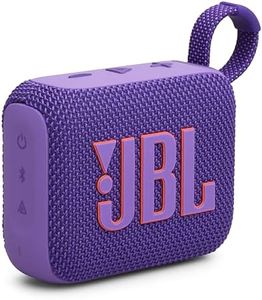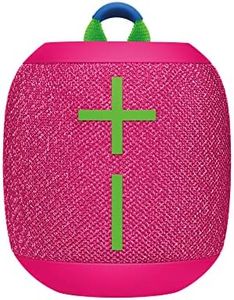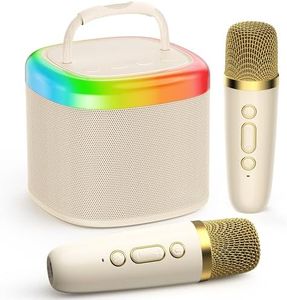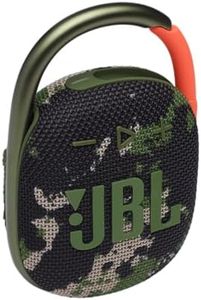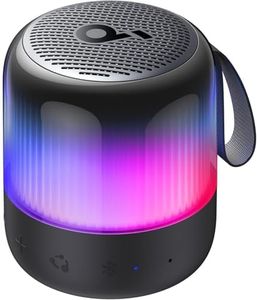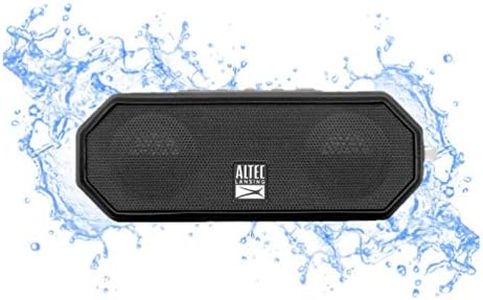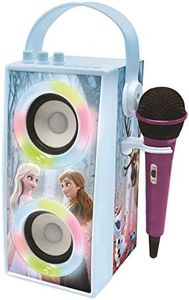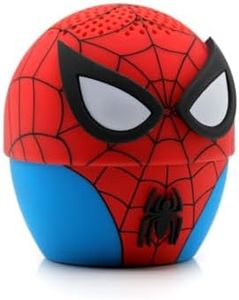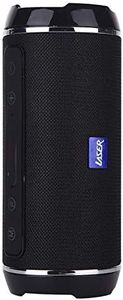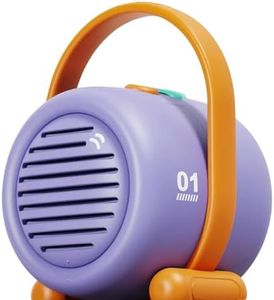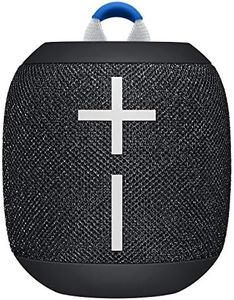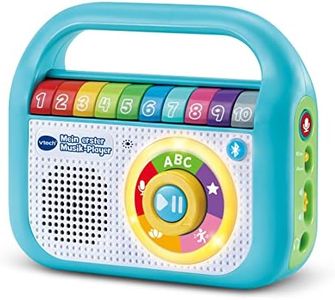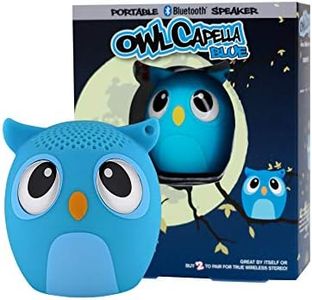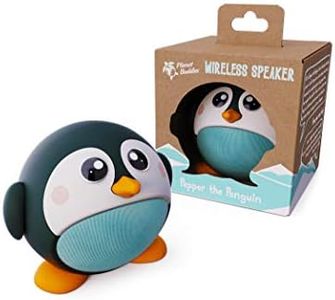We Use CookiesWe use cookies to enhance the security, performance,
functionality and for analytical and promotional activities. By continuing to browse this site you
are agreeing to our privacy policy
10 Best Bluetooth Speakers For Kids
From leading brands and best sellers available on the web.Buying Guide for the Best Bluetooth Speakers For Kids
When choosing a Bluetooth speaker for kids, it’s important to focus on features that make the product safe, fun, and easy to use. Kid-friendly speakers should be durable, simple to operate, and safe for small hands and ears. Sound quality and volume control matter, but so do things like battery life, portability, and any built-in features that could add to the fun or help protect the device. You should also think about where the child will use the speaker—indoors, outdoors, or on the go. By understanding your child’s habits and needs, you can more easily filter your options and pick the perfect Bluetooth speaker.Durability and Build QualityDurability refers to how well the speaker can withstand drops, bumps, and rough handling, which are common when kids use electronic devices. Some speakers are made with shock-resistant materials, rubberized edges, or reinforced housings. When looking at this feature, you can usually tell if a speaker is more child-friendly by its rugged casing or if it's marketed as 'kid-proof.' For very young children or rough environments, choose robust models with extra protection. If the speaker will be mostly used at home and handled carefully, a regular sturdy build may be enough.
Volume LimitingVolume limiting is a feature that helps keep sound levels at a safe range for children’s sensitive hearing. Some speakers come with built-in volume limiters that cap the maximum volume. Speakers without this may get dangerously loud, so it’s an important safety consideration. Younger children benefit most from strict volume limits, while older kids might appreciate a bit more flexibility. Choose speakers with clear volume controls or auto-limiters if you have little ones, especially if they’ll use the device independently.
Ease of UseEase of use reflects how simple it is for a child to operate the speaker without lots of adult help. This includes big, clearly labeled buttons, voice prompts, or simple controls for play, pause, and pairing devices. Some speakers offer fun light-up feedback or even voice assistants that make it more interactive. If your child is very young or not yet reading, look for basic, intuitive controls. Older kids might enjoy a speaker with a bit more functionality, such as playlist controls or basic app compatibility.
Battery LifeBattery life is an estimate of how long a speaker can play music on a single charge. For kids, longer battery life means fewer interruptions and less hassle recharging. Speakers may range from a couple of hours to over ten hours on one charge. If the speaker will be used mostly at home (where it can be plugged in), limited battery life isn’t a big issue. For travel, outdoors, or sleepovers, a longer battery life is preferable so the music plays on without frequent charging.
Water ResistanceWater resistance means the speaker can handle splashes, spills, or even temporary immersion in water. This is especially important for kids who may use the speaker near pools, bathrooms, or out in the rain. Water resistance is usually given by an IP rating (like IPX4 or IP67), with higher numbers indicating better protection. For little kids or any speaker exposed to unpredictable environments, picking a speaker with higher water resistance gives peace of mind and prolongs the speaker’s life.
Portability and SizePortability describes how easy it is to carry the speaker around. For kids, smaller and lighter speakers are ideal as they can hold, move, and store them easily. Some designs come with built-in handles, clips, or straps for attaching to backpacks or bikes. If the speaker will stay in one room, a larger size might be fine, but if it’s often going to travel with your child, a compact and lightweight option is best.
Fun FeaturesFun features include extras like colorful lights, character designs, stickers, or storytelling modes, which make the speaker more engaging and appealing to kids. Some speakers may play bedtime stories, have interactive games, or glow with music. If the goal is to make music time more playful and attractive, pick a speaker with some child-oriented designs or interactive elements. For older kids who prefer a more mature look, these may not be necessary.
Bluetooth VersionBluetooth version determines how easily and reliably the speaker will connect to devices like phones, tablets, or computers. More recent versions (such as Bluetooth 5.0) offer improved range, faster connections, and less battery usage, but even older versions (like 4.2) are often sufficient for casual use. For a simple, frustration-free experience, especially in busy households with lots of gadgets, a speaker with an up-to-date Bluetooth version can help ensure smooth pairing and consistent connections.
